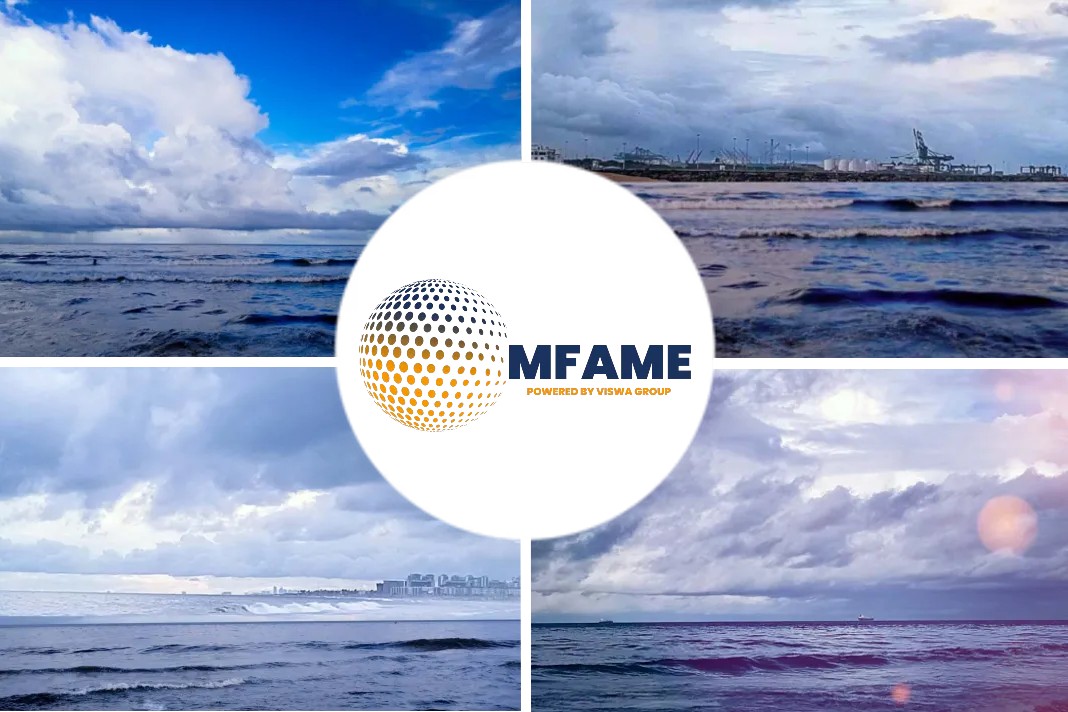According to an article published in Safety4Sea, Shell Marine has published a new White Paper offering critical guidance on cylinder oils and engine care to transition successfully through the IMO sulphur cap from 1st January 2020.
Objective of the Guidance
- The ‘IMO 2020 Ready’ paper sets out the commercial, operational and technical challenges for operators before, during and after the regulatory deadline.
- The publication gives in-depth guidance on the cylinder oils best suited to support owners whether they are shifting to lower sulphur fuels or sticking with >0.5% HSFO in combination with exhaust gas scrubbing, as well as technical services and supply chain options to ensure that ship engine performance is protected and optimised through the transition period.
Key Issues Discussed
- Exhaust gas cleaning system with HSFO: Vessels that have an exhaust gas cleaning system onboard will continue to use HSFO. Caution should, however, be exercised about the sulphur levels of the purchased fuels to ensure that the scrubber can operate effectively to reduce the emissions to those equivalent of running a compliant fuel. In some locations, it is possible that the average sulphur content of HSFO could rise.
- Compliant fuels: In managing the transition, it is important that vessel owners and operators understand the issues that may occur with the different fuel types on the market:
- Incompatibility: Incompatibility is not a new challenge, as it can and does occur when mixing the HSFO grades that are currently available on the market. The challenge is, however, likely to be more pronounced when moving to ULSFO/ VLSFO grades, as wide variability between grades is foreseen. If vessels want to take away the risks of managing different fuels onboard, they can consider the use of MGO fuels as these will typically be compatible whatever the source.
- Stability: Stability issues with fuel oil grades is not a new phenomenon and it is possible for HSFO and ULSFO products that are currently available to be unstable. With such a significant part of the market moving to VLSFO, particular attention needs to be paid when mixing fuels, as two fuels may be stable separately but unstable when mixed.
- Catalytic fines, combustion characteristics and pour point: These properties are all specified by ISO 8217. Although it is possible that some fuels will have increased levels of catalytic fines, others may have much lower levels. Similarly, it is anticipated that many VLSFOs will have excellent combustion characteristics. The pour points may vary across different grades, so care will need to be taken to handle fuels appropriately. The key point to note is that it is expected that there will be significantly more variance across fuels, so each must be treated according to its own specific properties.
- Flash point: Concern has been raised that flash points may decrease with the new fuels. The SOLAS convention clearly defines the required flash point and fuels should not be purchased that do not meet this specification.
Guidance on how to transition effectively and safely:
- Develop onboard plans for fuel segregation, mixing and compatibility testing.
- Allocate sufficient budget, as there will be higher capital and operating expenses.
- Plan for tank cleaning to remove residual components and sludge.
- Ensure the suitability of fuel types and specifications for the vessel.
- Ensure the right grade of lubricants are used with low-sulphur fuels.
- There will also be an effect on the design of the ships, so it is important for vessel owners to evaluate storage capacity, fuel piping systems and equipment to segregate and handle different types of fuels with varying viscosities, densities and handling temperatures.
Did you subscribe to our daily newsletter?
It’s Free! Click here to Subscribe!
Source: Safety4Sea
























